What Is a Steam Trap? Classification – Structure – How to Select the Right Trap for Steam Systems (2025 Guide) | Phuc Minh
What Is a Steam Trap? Classification – Structure – How to Select the Right Trap for Steam Systems (2025 Guide) | Phuc Minh
1. What Is a Steam Trap?
A steam trap is a device used to discharge condensate while retaining live steam inside pipelines or steam-using equipment.
Its main functions include:
-
Removing condensate at the right time
-
Preventing steam loss
-
Improving heat transfer efficiency
-
Protecting equipment from water hammer
-
Reducing boiler fuel consumption
A steam trap acts like an “automatic valve” that distinguishes steam from condensate based on temperature, pressure, and density.
2. Why Must Factories Install Steam Traps?
✅ 2.1. Remove condensate from the system
If condensate is not removed properly, it will:
-
reduce heat transfer efficiency,
-
cause corrosion in pipelines,
-
shorten equipment lifespan.
✅ 2.2. Save 8–15% fuel consumption
A leaking or failed trap → boiler runs harder → fuel cost increases.
✅ 2.3. Prevent water hammer accidents
Condensate buildup may cause:
-
pipe vibration,
-
flange breakage,
-
heat exchanger failure.
✅ 2.4. Extend system lifespan
A functional trap keeps steam dry → protects the entire system.
3. Steam Trap Structure
Depending on the model, a steam trap may include:
-
Body (cast iron, steel, stainless steel)
-
Float, bimetal element, or orifice
-
Seat & disc
-
Built-in strainer
-
Cover assembly
4. Types of Steam Traps – Advantages & Disadvantages
Steam traps are divided into three main groups:
✅ 4.1. Float Type Steam Trap
Applications: heat exchangers, heating coils, steam tanks.
Advantages:
-
Continuous discharge
-
Stable at varying loads
-
Reliable performance
Disadvantages:
-
Not suitable for high-pressure steam
-
Higher cost
✅ 4.2. Thermodynamic Steam Trap
Applications: main steam lines, outdoor systems, long piping.
Advantages:
-
Compact and inexpensive
-
High-pressure capability
-
Durable & low maintenance
Disadvantages:
-
Sensitive to weather/wind
-
Not ideal for equipment requiring stable steam
✅ 4.3. Thermostatic Steam Trap
Applications: CIP, jacket kettles, food & pharmaceutical processes.
Advantages:
-
Discharges condensate when cold
-
Ensures extremely dry steam
-
Ideal for hygiene-critical industries
Disadvantages:
-
Slower discharge rate than float traps
✅ 4.4. Orifice Steam Trap
Advantage: No moving parts → extremely durable.
Disadvantage: Prone to clogging.
5. Comparison Table of Steam Traps (2025 Standard)
| Type | Advantages | Disadvantages | Applications |
|---|---|---|---|
| Float | Continuous discharge, stable | Higher cost | Heat exchangers |
| Thermodynamic | Low cost, compact | Weather-sensitive | Steam lines |
| Thermostatic | Dry steam guaranteed | Slower discharge | Food & Pharma |
| Orifice | Very durable | Clogging risk | Small, stable steam |
6. How Steam Traps Work
✅ 6.1. Float Trap
Condensate fills chamber → float rises → opens valve → discharges → level drops → closes.
✅ 6.2. Thermodynamic Trap
Based on speed difference between steam & condensate:
Steam creates pressure → closes disc → condensate enters → disc opens → discharge → repeat.
✅ 6.3. Thermostatic Trap
Thermal element expands with steam → closes; contracts with cold condensate → opens.
7. How to Select the Correct Steam Trap for Industrial Systems
✅ 7.1. Select by condensate load (kg/h)
Based on equipment capacity:
-
Heat exchangers: 10–30% of steam load
-
Heating coils: 5–15%
✅ 7.2. Select by steam pressure (bar)
High pressure → choose:
-
thermodynamic trap
-
high-pressure float trap
-
thermostatic for precision
✅ 7.3. Select by temperature
Steam 180–220°C → cast iron
Steam 220–300°C → carbon steel
Steam >300°C → stainless steel / alloy
✅ 7.4. Select by application
| Application | Suitable Trap |
|---|---|
| Main steam line | Thermodynamic |
| Heat exchanger | Float |
| Food/Pharma | Thermostatic |
| Small stable load | Orifice |
✅ 7.5. Select by brand
Phuc Minh supplies traps from:
-
VYC - Spain
-
Samyang – Korea
-
TungLung - Taiwan
-
Spirax Sarco – Germany
-
Yoshitake – Japan
-
TLV – Japan
-
VENN - Japan
-
Yooyoun - Korea
-
YNV - Korea
8. Installation Guide for Steam Traps
✅ 8.1. Install a strainer before the trap
20–80 mesh filter prevents clogging.
✅ 8.2. Install a pocket (drip leg)
Helps collect condensate effectively.
✅ 8.3. Follow flow direction
Wrong direction → trap fails.
✅ 8.4. Maintain pipe slope of 1–2%
Condensate flows naturally into the trap.
✅ 8.5. Install a bypass line
For maintenance without shutdown.
9. Signs of a Failed Steam Trap – Troubleshooting
✅ Signs:
-
No condensate discharge
-
Continuous white steam leak
-
Loud knocking (water hammer)
-
Increased fuel consumption
✅ Causes:
-
Worn float or bimetal element
-
Weak spring
-
Seat blocked by debris
-
No strainer installed
✅ Recommended maintenance:
Every 6–12 months
Industry trap failure rate: 15–30%
10. Where to Buy Genuine Steam Traps?
Phuc Minh Engineering Co., Ltd
✅ Official distributor of genuine steam traps
✅ Available stock: Float – Thermodynamic – Thermostatic
✅ CO/CQ certification
✅ Competitive price – fast delivery
✅ Engineering support for model selection
📞 Hotline: 0902 800 728 – 0907 450 506
🌐 Website: https://pm-e.vn
📧 Email: info@pm-e.vn
Related News

What Is a PID Controller? Principles, Structure & Real Industrial Applications (2025)
07/11/2025
In every modern factory—from steam systems, compressed air, HVAC, chemicals, food and beverage to pharmaceuticals—the PID Controller plays an extremely important role in keeping systems stable, safe, and energy-efficient. A PID controller is considered the “brain” of an automation system. It continuously maintains the Process Value (PV) close to the Setpoint (SP), minimizes fluctuations, and optimizes overall performance.

What Is a Flowmeter? Types & Industrial Applications – Complete 2025 Guide
07/11/2025
Flowmeters play a critical role in modern factories, where accurate measurement of steam, air, water, chemicals, and industrial gases directly affects production efficiency and energy cost. Even a small measurement deviation can lead to massive losses each year. That’s why a flowmeter is considered an essential device in every piping system. This article from Phuc Minh Engineering (pm-e.vn) explains what a flowmeter is, how it works, the most common types, and how to select the right flowmeter for your plant.

Safety Valve For Steam Systems: Structure, Operation Principles & Selection Guide 2025 | Phuc Minh Engineering
07/11/2025
Learn what a steam safety valve is, how it works, different types, and how to select the correct valve for boilers and pipelines. EN/ASME-standard valves from Phuc Minh Engineering.

What Is a Pressure Reducing Valve? Structure – Working Principle – How to Select the Best PRV for Industrial Plants (2025)
07/11/2025
A Pressure Reducing Valve (PRV) is a device used to reduce high inlet pressure to a stable, lower outlet pressure, helping protect piping systems, instruments, and machinery while improving operational safety. PRVs are widely used in: Steam systems Compressed air, gas, nitrogen Clean water – process water – chilled water Oil, chemicals, and other industrial media

What Is a Flowmeter? Classification & Industrial Applications – Detailed Guide 2025
07/11/2025
Learn what a flowmeter is, how it works, the types of flowmeters for steam, gas, water, and oil, and how to select a technically compliant flowmeter for your plant.









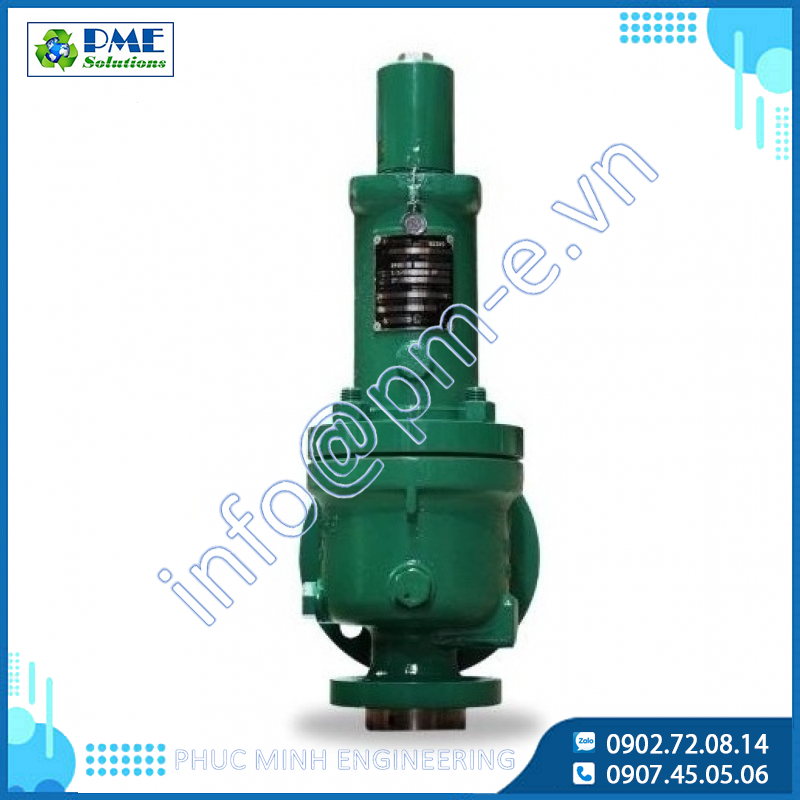
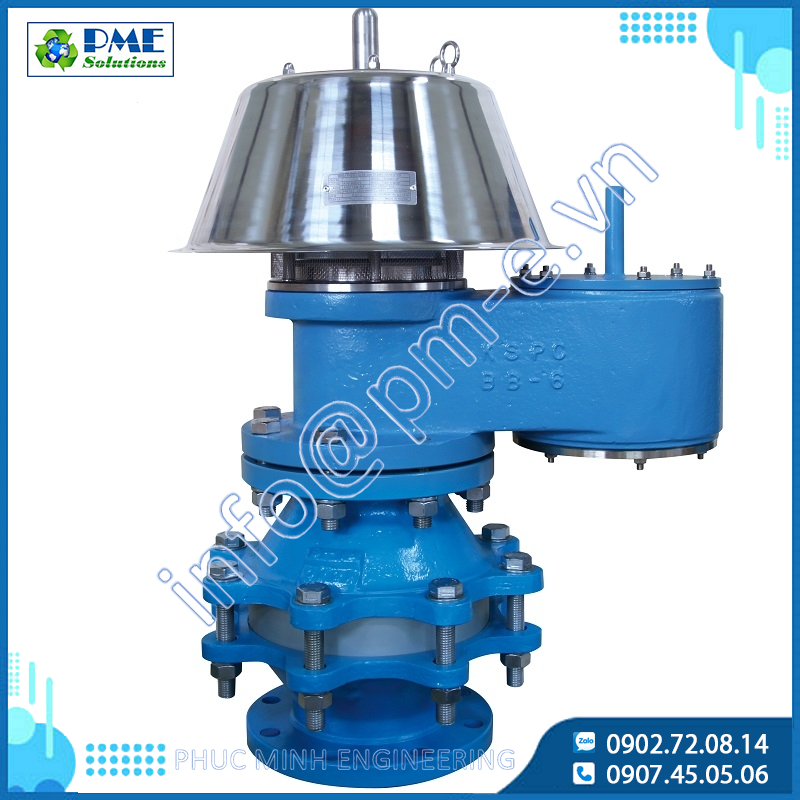
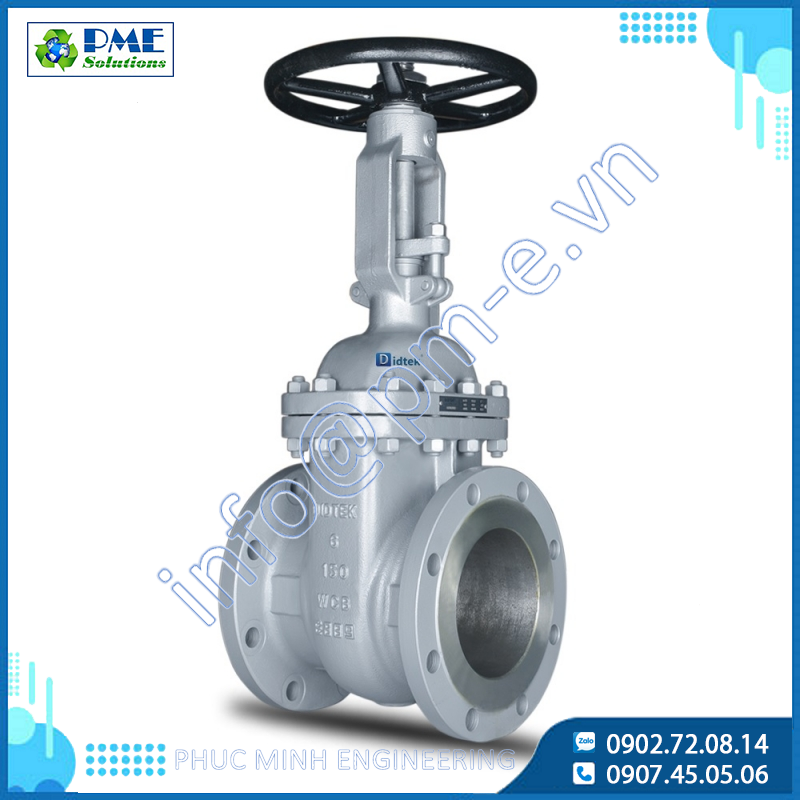
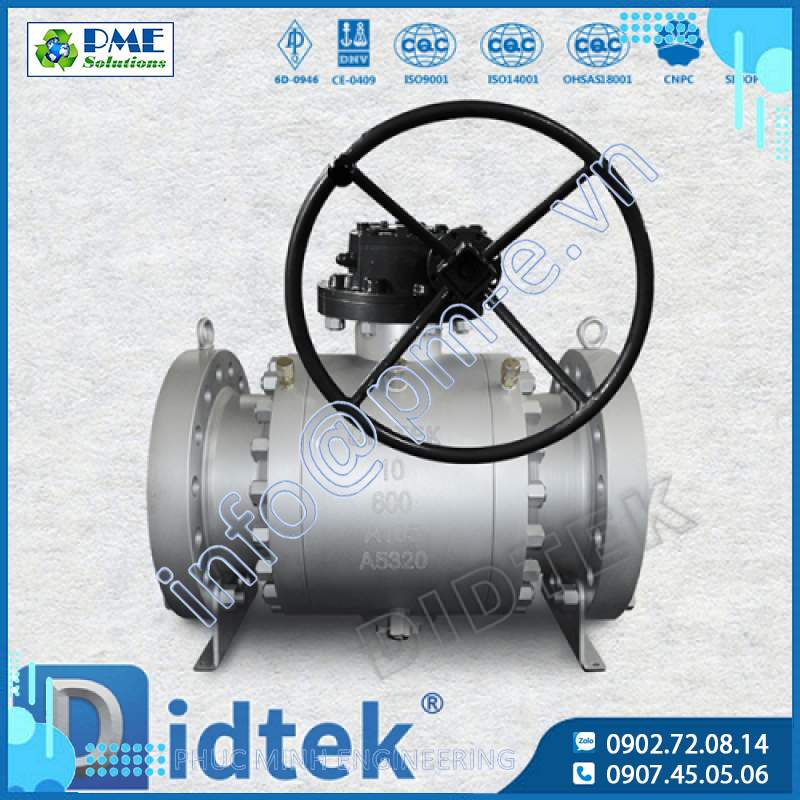
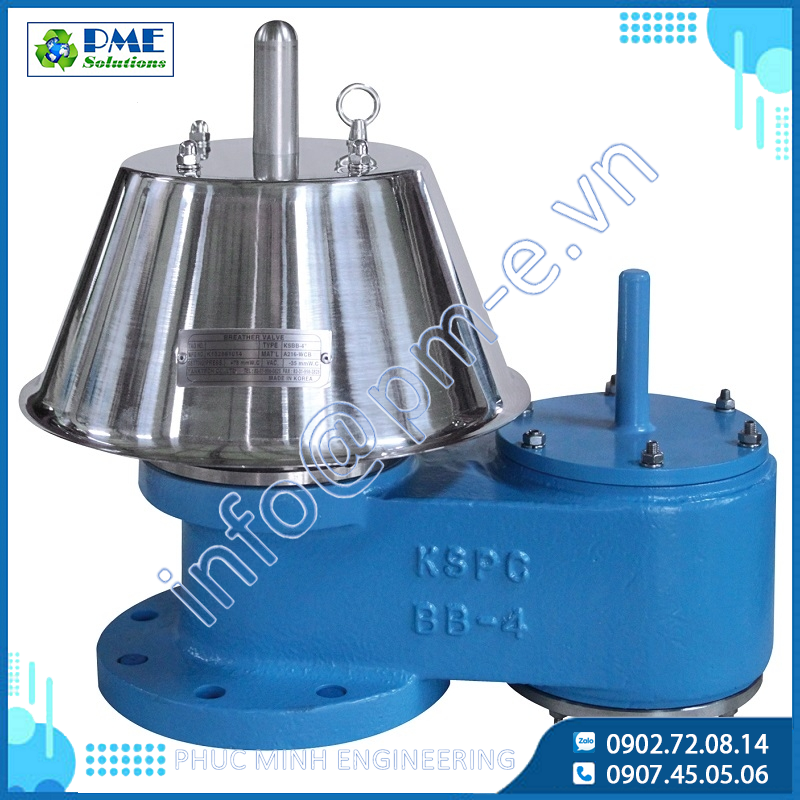


.png)






